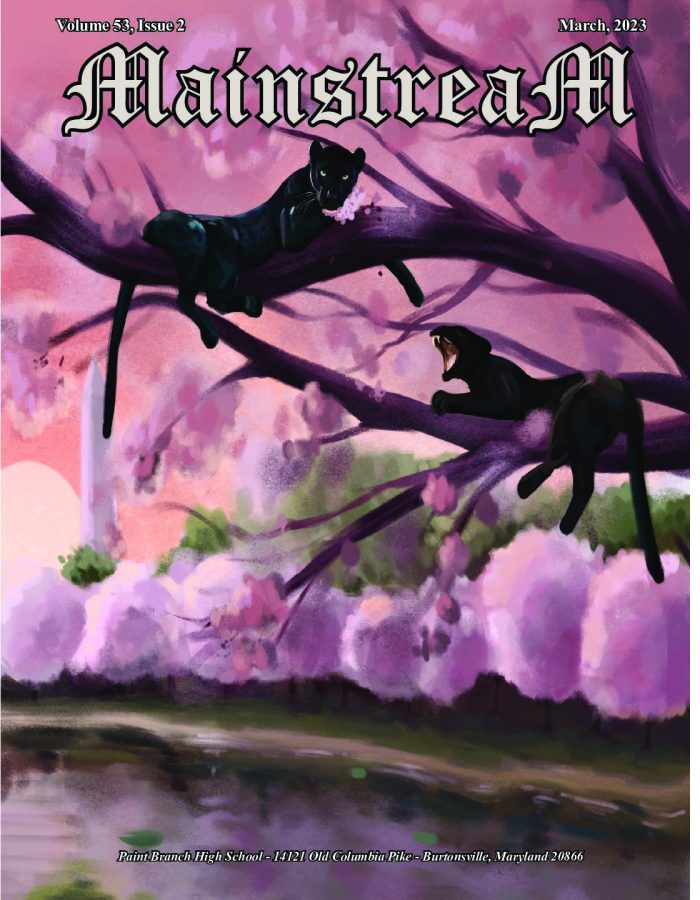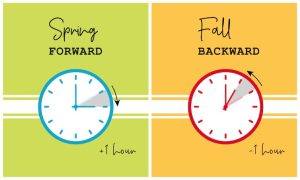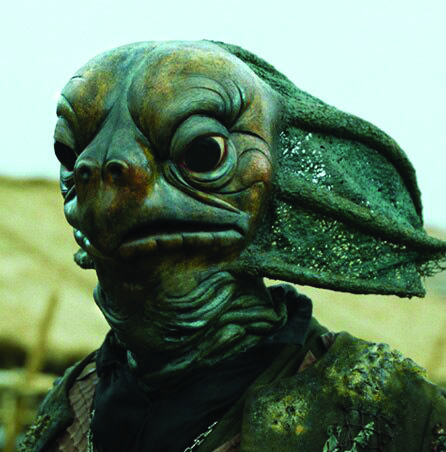Movie vs. Book: Gone Girl

January 5, 2015
How well do you know the people closest to you?
Meet Amy Dunne: a perfectionist who is brilliant, witty, and creative, but is also a manipulative, cold, and calculating psycho.
Meet Nick Dunne: a people-pleasing average writer with a woman-catching smile, but also a disturbingly stoic and intelligent compulsive liar and cheat.
These two characters, despite their polarity, understand and know each other on a seemingly impossible level. Together, these two make for the world’s craziest, volatile, and most unlikely – though compatible – couple ever.
Gone Girl, a thriller written by Gillian Flynn, was published in 2012 and quickly became a bestseller. Such was the praise that a movie was almost instantly in the works and came out under the same title this October. Gone Girl follows the story of the married couple, Nick and Amy Dunne, and begins on the morning of Amy’s disappearance from their house in Nick’s hometown of Carthage, Missouri. Her disappearance initiates an inevitable police investigation. All of the evidence seems to – not surprisingly – point to Nick murdering his own wife, but he denies it profusely.However, it is soon made clear through plenty of twists and turns that no one is truly who they claim to be.
I am very conflicted about my feelings toward the book. I have to start by admiring Flynn for having the incredible creativity to come up with such an original and extremely complex story. The characters have so many layers that are reflective of the truth so many do not want to face: There are a scary number of sides to every person. However, I think the problem lies in the painful amount of time Flynn spent making the story seem like your typical wife murder plot: Husband is the prime suspect, incriminating evidence points to him, he cheated on his wife – case closed. This was the entire first half of the book, and it was tedious. Grudgingly, I acquiesce, after reading the entire novel, it was addicting and fascinating in a morbid way, but mainly only the second half.
This is the first and last time I will ever watch a movie before reading the book first.
After watching the movie, I was filled with revulsion, shock, and pity. Several scenes were needlessly vulgar. The film left five words on repeat in my head: Amy is a crazy psycho. Perhaps it was due to the time crunch or other limitations in movie adaptations, but without the background the book later gave me, I simply could not understand why characters did what they did. Nick came off as an unemotional jerk, mama’s boy, and one who could not put his daddy problems aside. In the film, Amy is brutal, manipulative and downright disturbing, more so than in the actual book. The stronger mentality and reasoning behind both Amy’s and Nick’s actions revealed in the book were not focused on in the movie, and that was a critical error. However, the movie certainly emphasized the unfortunate validity behind the public so easily stereotyping the husband as the evildoer, never considering what actually happens in this shocking story.
Gone Girl exploits the public’s weakness of judging too quickly without all the information, reiterating the ideal of always having two sides to every story. However, it also serves as a reminder: not only in marriage, but in all relationships, that it is almost impossible to truly and completely know every side to a person. Unconditional love…what a load of crap. According to the book, there is no such thing. The epigraph at the very beginning of the book from The Illusion by Tony Kushner conveys the attitude behind Gone Girl perfectly: “Love is the world’s infinite mutability; lies, hatred, murder even, are all knit up in it; it is the inevitable blossoming of its opposites, a magnificent rose smelling faintly of blood.”











































